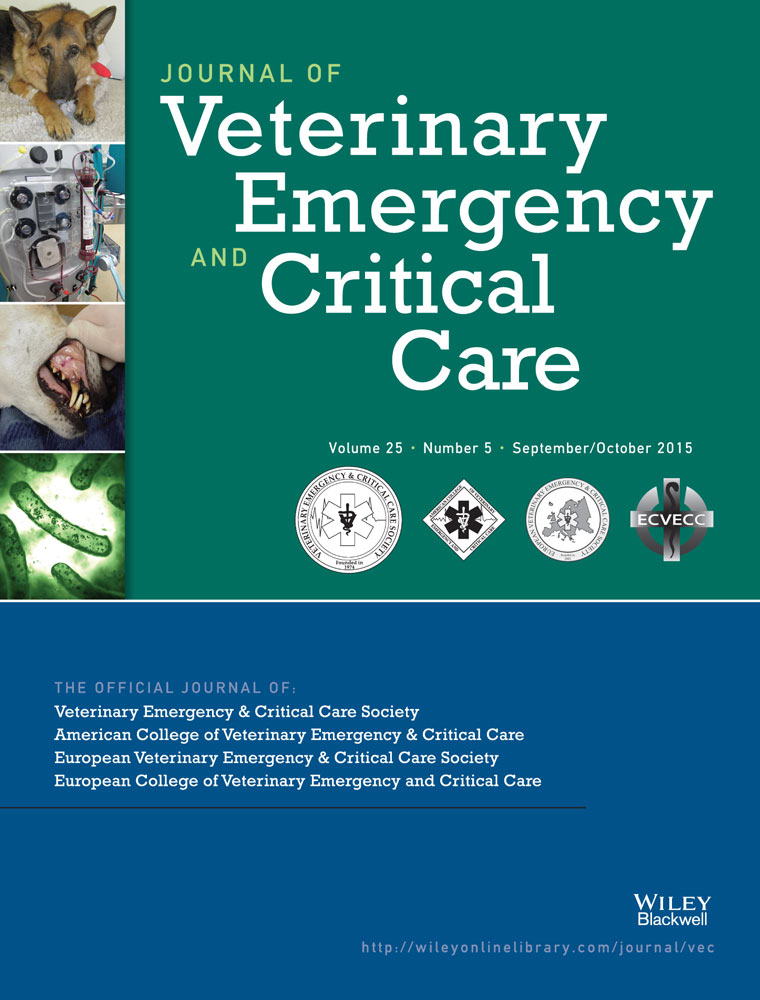Comments on mouth-to-snout ventilation in veterinary cardiopulmonary resuscitation
The author declares no conflict of interest.
Dear Editor,
As a wildlife veterinarian I have done thousands of chemical captures of free-ranging wild mammals. During more than 25 years of practice I have both seen and heard stories of people carrying out mouth-to-snout ventilation on bears, wolves, and other wild mammals with respiratory arrest.
A Google search revealed hundreds of internet articles of mouth-to-snout rescue breathing carried out by veterinarians or lay people such as policemen, firefighters, zookeepers, mushers, and dog owners. Apparently, numerous domestic and wild mammals with respiratory arrest have been resuscitated by blowing air into their noses.
I do not recommend mouth-to-snout rescue breathing for three reasons. First, most of the air is not going into the airways but down the gastrointestinal tract causing gastric distention (personal observation). Second, animals may carry zoonotic pathogens. Finally, any patient may bite, either by reflex or due to spontaneous recovery.
Two articles in the Journal of Veterinary Emergency and Critical Care recommended mouth-to-snout ventilation in nonintubated dogs and cats.1, 2 Hopper et al stated: “Although there are no veterinary studies addressing this question, there is a single veterinary case report documenting successful mouth-to-snout ventilation. From this, it is reasonable to recommend mouth-to-snout rescue breathing for dogs and cats with respiratory arrest. Mouth-to-snout rescue breathing is commonly recommended in veterinary medicine for lay rescuers and when immediate endotracheal intubation is not possible. The effectiveness of mouth-to-snout rescue breathing in dogs with CPA is unknown. No studies in any animal species could be identified in which mouth-to-snout breathing was studied.”1 Fletcher et al described how the mouth-to-snout technique should be applied.2 The only evidence presented in these articles is unsubstantiated information from a single case report of a dog with traumatic spinal cord injury: “The dog had been given artificial respiration by use of a mouth-to-snout technique immediately after the trauma until it was brought to a local emergency hospital.”3
In addition to the fact that its efficacy has never been studied, I find it surprising to see a procedure that is potentially dangerous for the operator being recommended without any precautions. A rescuer who puts his or her mouth over an animal's snout is obviously not following the science-based guidelines that have been developed to reduce the risk of bites and exposure to zoonotic pathogens in veterinary personnel.4 In my opinion, it is not reasonable to recommend mouth-to-snout rescue breathing in any animal species.




